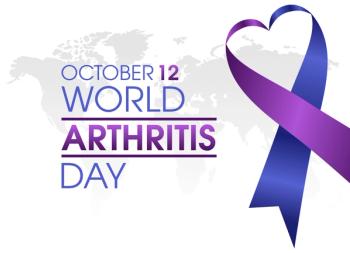
Obesity Rates for Young Children in Nutrition Program Drop in 31 States
Public health officials scrutinize obesity rates among young children as an indicator of how efforts to combat the epidemic are faring overall.
While obesity rates for US adults remain stubbornly high, data released Thursday by the CDC offered hope: rates in 31 states have dropped significantly in the past 5 years among toddlers enrolled in a federal nutrition program for low-income children—who are at greatest risk for obesity.
Data for children ages 2 to 4 enrolled in the Special Supplemental Nutrition Program for Women, Infants and Children (WIC) from 2010 to 2014 were released with the CDC’s Morbidity and Mortality Weekly Report, jointly with the US Department of Agriculture. A separate report from Trust for America’s Health and the Robert Wood Johnson Foundation highlighted efforts by individual states to combat childhood obesity by promoting good nutrition in day care centers, encouraging more physical activity, promoting breastfeeding, and reducing screen time.
Obesity rates increased in only 4 states during 2010 to 2014: Nebraska, North Carolina, Ohio, and West Virginia. Rates held steady in 15 states, including some with high rates of poverty and the highest rates of adult obesity and diabetes, including Mississippi, Alabama, and Arkansas. The report on
According to the report, overall obesity prevalence nationwide increased from 14% in 2000 to 15.5% in 2010, then dropped to 14.5% in 2014. Obesity prevalence was highest among American Indians/Alaskan Natives and Hispanics. Among whites, African Americans, Hispanics, and American Indians/Alaskan Natives, obesity increased from 2000 to 2004, then declined from 2010 to 2014. Among Asians and Pacific Islanders, obesity decreased throughout the study period.
Public health officials watch obesity rates among the youngest children because they offer a window on the success of overall efforts to combat this epidemic. Disparities by race, education and income levels remain one of the most difficult challenges in trying to turn the tide on both obesity and diabetes, which now affects 29.1 million Americans. A separate report released Thursday by the CDC showed that if anything, disparities in diabetes by socioeconomic level only grew between 1999 and 2014.
The number of uninsured Americans grew during the first part of this period, then declined to record low levels where it stands today at 8.6%. However, the incoming administration of President-elect Donald J. Trump is likely to eliminate the Affordable Care Act, and it remains to be seen how this will affect rates of insured and coverage for diabetes and obesity care.
Also, POLITICO reported Monday that the incoming administration will use the next Farm Bill to take aim at Obama-era food and
References
Pan L, Freedman DS, Sharma AJ, et al. Trends in obesity among participants aged 2—4 years in the special supplemental nutrition program for Women, Infants, and Children — United States, 2000–2014. MMWR Morb Mortal Wkly Rep 2016;65:1256-1260.
Newsletter
Stay ahead of policy, cost, and value—subscribe to AJMC for expert insights at the intersection of clinical care and health economics.

















































